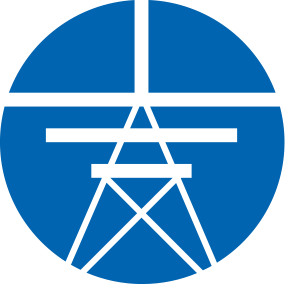Grid Connection of Inverter-Based Generation
Motivation
Due to the increase in the share of renewable energy in electricity generation, the structure of power grids experienced a change in recent years. Using renewable energy sources and storage technologies practically always relies on converter technology. In the past, this percentage share was minimal or even negligible, but today operating situations already occur in which the dynamic characteristics of the power grid are strongly influenced by the displacement of the classically used synchronous generators. In contrast to conventional rotating machines, the behaviour of power electronic systems primarily depends on implemented control strategies.
Assessment of Converter Controls Using Black-Box Approach
In practice, there is a wide variety of different control strategies, although there are still unanswered questions about their stability in the power grid. One possibility is to emulate the positive (stability) characteristics of synchronous generators. These control strategies are called grid-forming controls. However, to ensure a secure supply, grid operators must ensure compliance with this behaviour. Due to the lack of transparency of the control system and to protect the intellectual property of the manufacturers, test methods must be developed that enable the characteristics to be verified externally.
Figure 1: Grid-Connected Converter with grid-following and grid-forming control strategy
Fault Ride-Through Capability and Grid Stability Support
A particular challenge for generation plants is the stable ride-through of faulty conditions (e.g., FRT capability), where the plant must not only remain stably connected to the power grid during a voltage dip, but also exhibit grid-supporting behaviour. In addition to transient stability, challenges include the current limitation of converters and the occurrence of asymmetrical faults. The new converter controls must also be capable of providing inertial response ("virtual inertia") to help stabilize grid frequency.
Figure 2: FRT requirement of inverter-based generation from TOR Typ D
Validation and Testing of Grid-Connected Converter on a Laboratory Scale
To validate proper behaviour, platform-independent testing and evaluation methods are being developed, which are applied in various simulation environments and Hardware-in-the-Loop (HIL) platforms. For this purpose, prototypes are tested using advanced Power Hardware-in-the-Loop (PHIL) tests, as well as through tests on commercially available PV inverters. This forms the basis for reliable evaluation of the required grid connection conditions and lays the foundation for the stable integration of energy-efficient renewable generation.
Figure 3: Power Hardware-in-the-Loop Setup for prototype test
Projects


